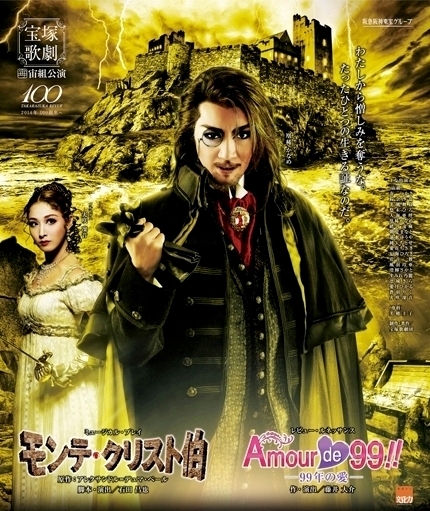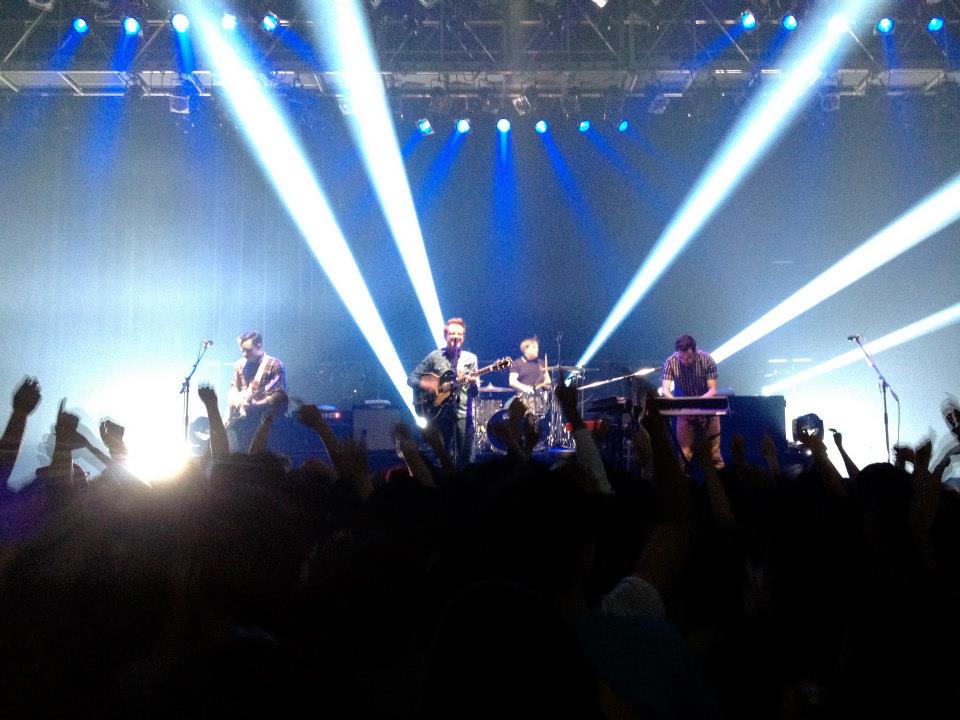Feature: Takarazuka Revue(d)
The (in)famous Takarazuka Revue is something everyone should experience once in their Hyogo career. If, like me, your Japanese is limited to daily pleasantries, fear not, just choose a story you vaguely know the plot of. It might help (a bit).
Revue performers all train for the first two years of their seven year contracts at the highly competitive Takarazuka Music School. At the end of their first year of training, the students are split into otokoyaku (male roles) and musumeyaku (female roles). The otokoyaku actresses cut their hair short and speak in masculine Japanese whilst in the classroom.
On the 13th of April I went to see the all-singing, all-dancing, all-female production of Alexandre Dumas’ The Count of Monte Cristo, and it was certainly something to write home about. The company has five performing troupes, each with its own style. Monte Cristo was performed by the Cosmos troupe who, as the youngest troupe (founded in 1998) are known for being experimental and less traditional than their more established sister groups.
Putting Dumas’ 1,374 page epic on stage, and to music, is certainly no task for the faint hearted, but director Ishida Masaya definitely took the bull by the horns with this colourful show…
Set at the start of the 19th century it is a thrilling tale of revenge. Newly-married and promoted ship’s captain Edmond Dantes is incarcerated in the isolated island prison, Château d’If, for a crime he never committed. Six years after his imprisonment, a fellow innocent breaks into Dantes’ cell, sparking hope and giving Dantes the means both to escape and seek his revenge upon the trio who set him up.
The stage show is a very truncated version of the novel. Though it was never going to manage the character development and back story of the seven hour French TV adaptation, Le Compte de Monte Cristo, starring Gerard Depardieu, it gets the story across as much as the 2002 Hollywood version did. In an attempt to lessen the superficial plot development there is a four person Greek chorus; an 80s purple powersuit-wearing teacher and three irritatingly vocal ‘students’ clad in garish modern clothing. The contrast between this commentary and the main show was incredibly jarring, both in terms of costume and performance style. It may have helped the Japanese speaking audience to keep up with the storyline, but I found the lack of style continuity irritating. Blurring the supposed ‘reality’ of the classroom study of the text with the main performance itself might have been an interesting approach, but the disjointed links and explanations the chorus provided seemed half thought-through and had (thankfully) almost disappeared by the second half of the story.
In an hour and a half of unmemorable songs but well-choreographed dances and excellent staging, Edmond’s revenge was finished and the interval had arrived. I turned to my fellow theatre-goers in confusion “OK so they went for the Hollywood and not the book ending, but what on earth do they have left for the second act? I’m not sure I can sit through another rendition of “Edmond Dantes! Edmond Dantes! Edmond Dantes!â€
Having downed a coffee I returned to the theatre with some trepidation, not looking forward to another hour of confusion and irritating ‘comperes’. Interval over, a disco ball descended in front of the stage…confusion turned to panic, and then delight. The second act was actually a completely different show: Amour de 99.
As 2014 will be the 100th anniversary of Takarazuka’s first show, Amour presented a selection of the Revue’s most memorable numbers from the past 99 years. All drowsiness induced by the first performance was blown away by the phantasmagoria of the second. It was like a role reversed Las Vegas drag cabaret on acid. Never have I seen so many feathers, sequins and lamé outfits – we suddenly realized why the Grand Theatre is such a huge complex: to house all the costume changes!
The musical medley was effectively an extended curtain call, with the leads from Monte Cristo taking the main singing roles, whilst the huge ensemble cast (I’m guessing close to a hundred, often all on stage at once) wowed us with their perfectly synchronized moves and a range of dance styles. The real show stopping number was Rio carnival themed; the stage filled with yellow-feather clad dancers, like baby Big Birds with pineapple head dresses and svelte legs, who high-kicked away as the leads paraded across the front of the stage wearing the biggest feather head dresses and fantails you can imagine. We thought this was the finale but no, the show went on with countless dance numbers including a delightful ballroom sequence which had us so wrapped up in its tale of romance that we forgot the dancer in a tux was a woman.
At the end of the hour we stumbled out of the dark theatre, blinking away the sequin flashes lingering in our eyes and feeling rather dazed but very ready to get our own dancing shoes on.
Takarazuka is an experience. You will be absorbed, entertained, and very, very confused.
Links: http://kageki.hankyu.co.jp/english/
Tickets: 3,500-11,000円
Access: Takarazuka Station (Hankyu, JR)






